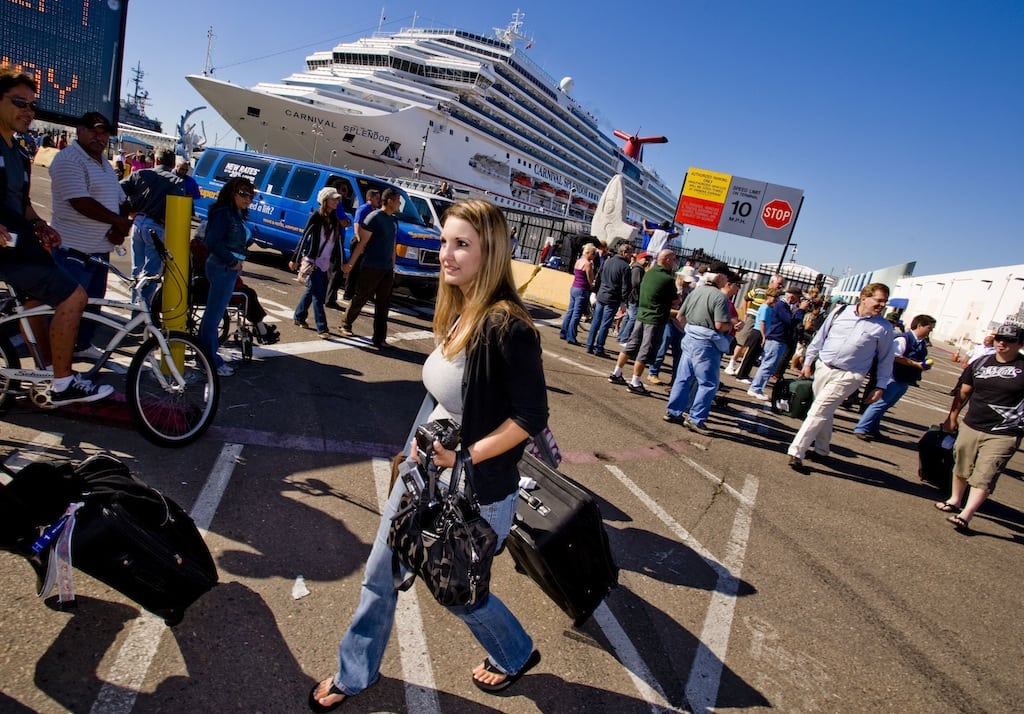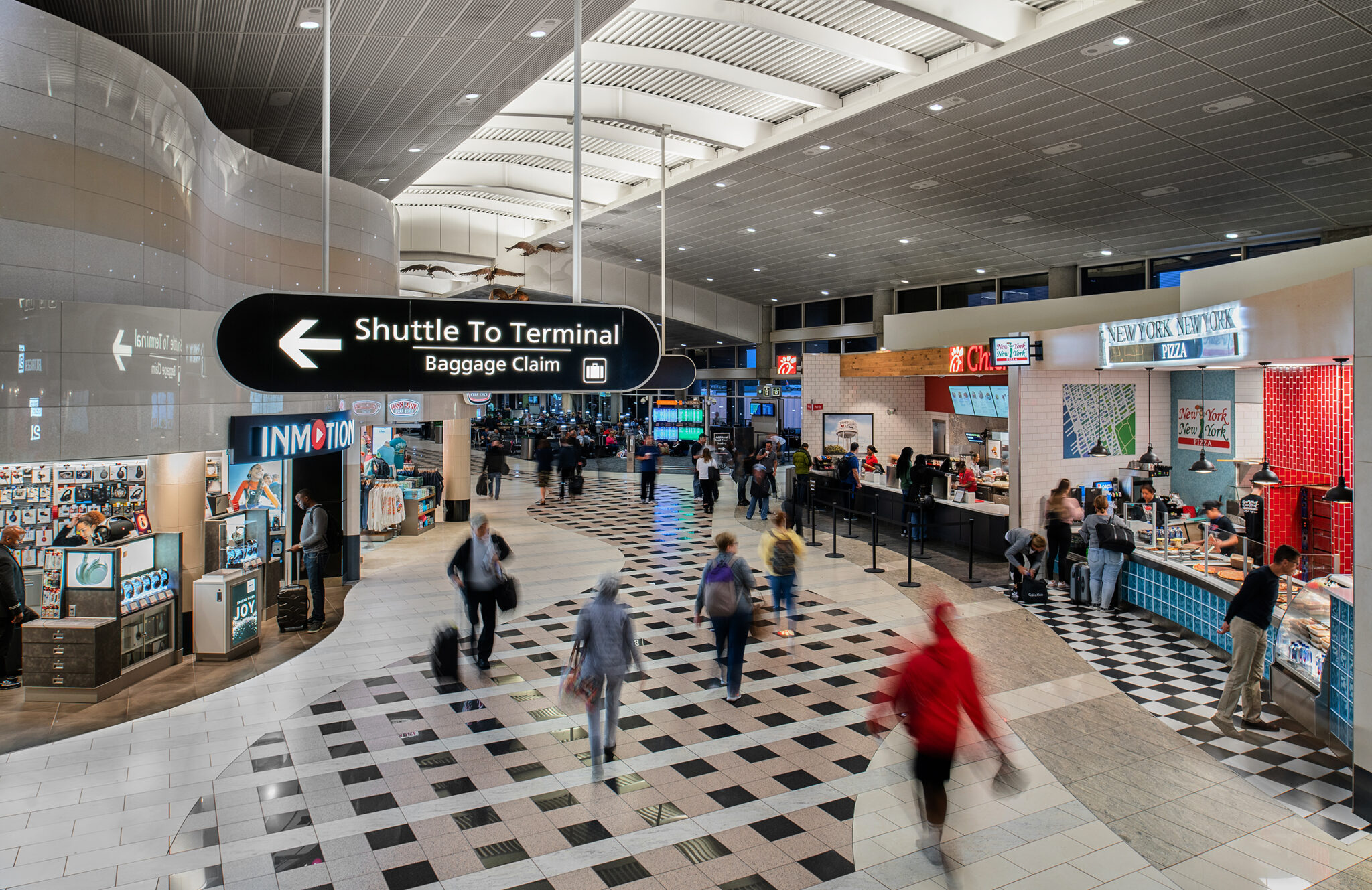Carnival Splendor Power Loss Likely Caused by Crew Member Error

Skift Take
A withering U.S. Coast Guard investigative report on the 2010 Carnival Splendor fire concluded that the fire likely would have been contained without the total loss of power had it not been for the error of a crew member.
On November 8, 2010, at 6 a.m. local time, on the second day of a sailing from Long Beach, California, to the Mexican Riviera, the number five diesel generator on the Carnival Splendor suffered a mechanical error. That led to the ejection of "engine components, lube oil and fuel," causing a fire between the number five and six generators, and this ignited overhead cables, the report says.
The Coast Guard found that a bridge watchstander reset a fire alarm panel on the bridge, and that delayed the activation of the Hi-Fog fire protection system until 15 minutes after the fire began.
"This was a critical error which allowed the fire to spread to the overhead cables and eventually caused the loss of power," the investigation found. "While the fire eventually self-extinguished [probably due to the lack of oxygen], the failure of the installed CO2 system and the poor execution of the firefighting plan contributed to the ineffectiveness of the crew's firefighting effort."
After the fire, the ship's engineers were unable to restart the main generators, and that led to the spectacle of the world viewing nearly 4,500 passengers and crew being towed to San Diego, a journey that took more than three days in the heat without air-conditioning and refrigeration. Passengers on the cruise survived on rations provided by the U.S. Navy, although an emergency generator and back-up battery system survived the fire so the ship had power for certain emergency services.
The Coast Guard makes several highly technical recommendations to Carnival and the cruise industry related to electrical, engine and drainage systems, for example, and pointedly notes that all of Carnival's Dream-class vessels -- and not just the Carnival Splendor -- were susceptible "to a complete loss of power resulting from damage to a single area of electrical system components in either the forward or aft engine room."
Carnival Corp. prides itself in its public statements on putting passenger safety first, and there were indeed no injuries or fatalities in the Carnival Splendor fire.
But, the investigation uncovered very serious lapses in crew training.
The investigation states that the firefighting response was hampered by "the lack of crew familiarity with immediate casualty control procedures for engine room fires," and "the lack of crew familiarity with the engine room layout and firefighting strategy and procedures for engine room fires."
The report, conducted with the participation of the U.S. Coast Guard, Carnival Splendor flag state Panama, the National Transportation Safety Board, Carnival Cruise Lines, and engine manufacturer Wartsila, also recommended improvements to fire drills designed to let port officials assess the crew's firefighting readiness.
The findings are the latest black eye for Carnival, which saw the Carnival Triumph experience an engine room fire on February 10, 2013, and a loss of power that disabled the ship and proved a horror story for passengers.
Carnival initially resisted the idea of compensating the U.S. Coast Guard and Navy for rescues, such as in the Carnival Splendor and Carnival Triumph incidents, but has since relented under Congressional pressure.
Carnival -- and the cruise industry -- have not recovered from these incidents, with their pricing taking a big tumble, and crisis communications people advising Carnival it might take two to three years to recover from the brand hit.
Carnival even choreographed the resignation of longtime CEO Micky Arison, who was replaced in the post by board member Arnold Donald.
In reacting to the Coast Guard investigation, Carnival stated, in part:
"We appreciate the work of the U.S. Coast Guard in its investigation and provided our full cooperation and support during that process. As a result of Carnival’s own investigation and our ongoing commitment to continuous improvement in all aspects of our operations, we have already implemented numerous actions throughout our fleet. We look forward to reviewing today’s published report in greater detail."
Here's the U.S. Coast Guard investigative report:





